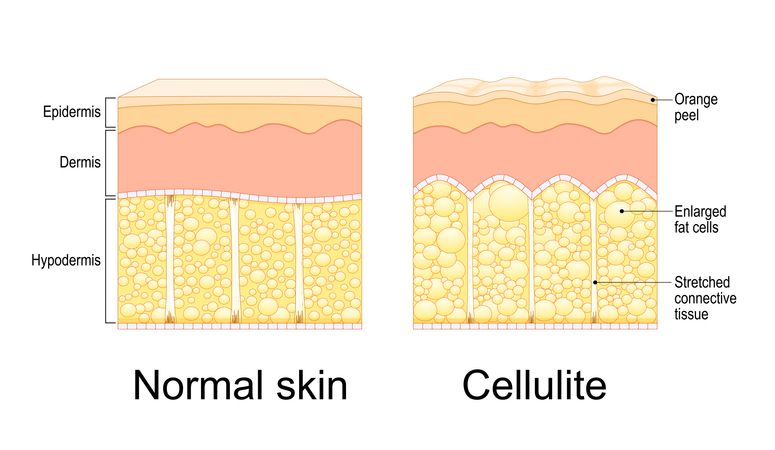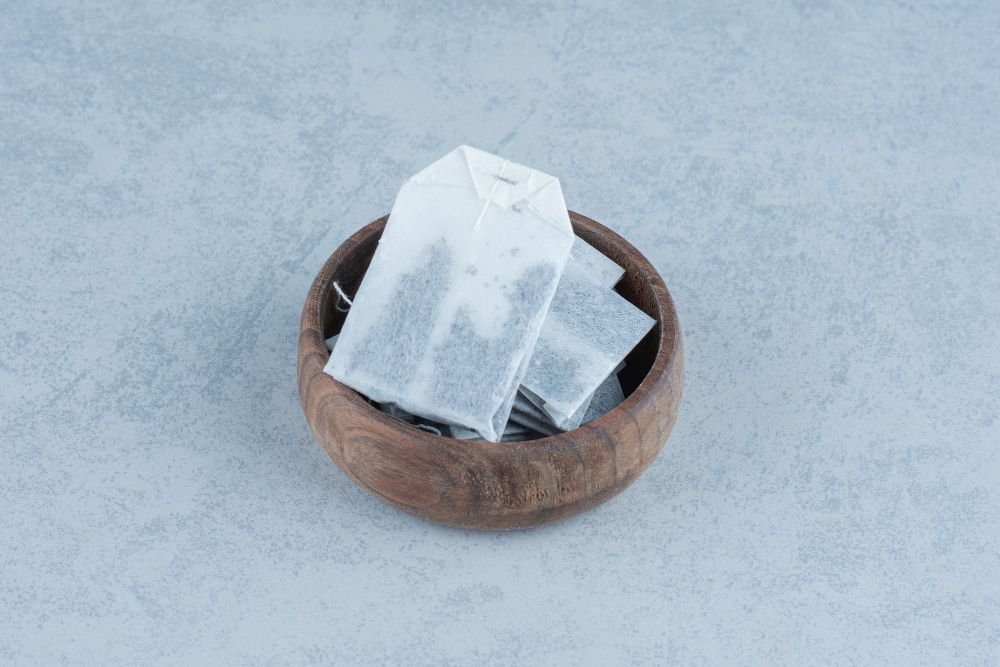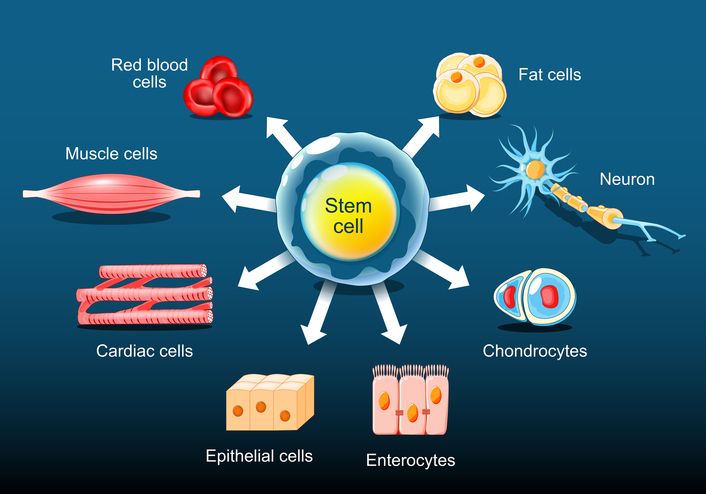

Book Now to Experience
F8 Hair Regrowth Treatment
9 Minute Self-Registration
Date should not be before minimal date
Author: Sophia Man|Updated: 23 July 2024
Have you looked into the mirror and noticed your forehead becoming wider and your hairline retreating? The hair follicles do not seem to grow and it's getting thinner every time you notice them. Receding hairline is not an issue to be taken lightly as it can utterly damage an individual’s self-esteem, cause emotional and mental distress and makes you look older than your age. It can occur as hair density decreases around the forehead, which can lead to permanent hair loss if not treated. Many hair oils, hair ointments, prescribed drugs, hair transplants, and generic laser treatments are present in today’s market for people who are looking to put an end to this devastating issue and ensure healthy hair regrowth. But choosing the right form of hair regrowth treatment is a monumental task due to the number of choices. In this article, we will dive into what constitutes a receding hairline, the causes and symptoms of receding hairline, details of treatments available for hair regrowth and last but not least, the specifics of New Beauty Australia’s non-invasive F8 Hair Regrowth Treatment that prevents hair loss from the root level of your scalp for the effective growing hair shaft and hair follicle.

1
What Is a Receding Hairline?
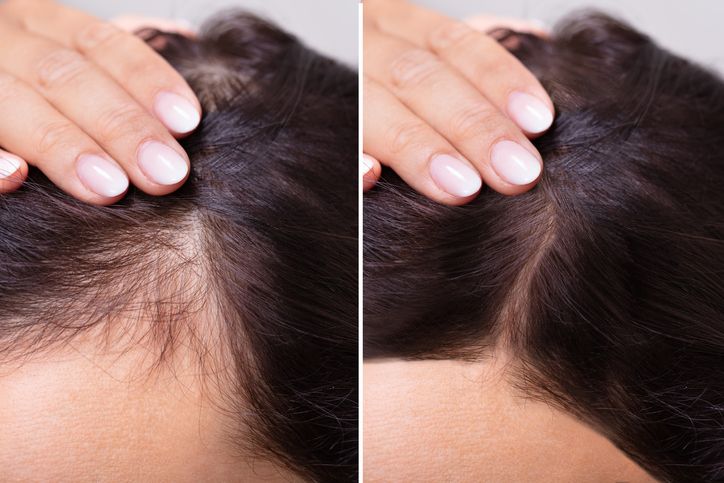
A receding hairline can affect both men and women; however, males are more likely to experience it. It is one of the early symptoms of male pattern hair loss and can be caused by several reasons.
Male pattern baldness is a normal part of the ageing process, and it causes further hair loss in various ways. On the contrary, one of the most prevalent is the hairline creeping back on either side, exposing more of the scalp/forehead.
This unforeseen circumstance is referred to as a receding hairline. It is frequently accompanied by a bald area on the crown of the head and, subsequently, top thinning.
The hair continues to recede until the bald spot and hairline meet, leaving no hair on top of the head, or it can stop retreating completely. It can also leave an "island" of hair above the brow.


2
What Causes Receding Hairline?

A receding hairline can affect both men and women, however, males are more likely to experience it. Here are some more factors that may cause your hairline to recede.
Age
Hair loss can begin at any age after puberty and becomes more frequent with age. According to the US National Library of Medicine, more than half of males over 50 have hair loss, while women are more prone to lose hair after menopause.
Hormones
These can cause hair loss in both sexes. DHT(Dihydrotestosterone) is a by-product of the testosterone hormone. When hair follicles become sensitive to DHT, it results in androgenetic alopecia, also known as male pattern baldness. This form of hair loss may stem from a hormonal disease known as polycystic ovarian syndrome in women.
Ancestral history
Androgenetic alopecia is a genetically inherited kind of hair loss, and it is a common cause of a receding hairline. If your family has an existing history of baldness, you are more likely to have a receding hairline and follow the same pattern of hair loss.
Medication and Treatment
Certain drugs or treatments may cause hair loss as a negative effect. Hair loss is expected in the first few weeks after chemotherapy and radiation treatment. If you suspect a medicine is causing you to lose your hair, see your doctor see if this is a probable side effect.
Stress
According to Medical News Today, you may have temporary hair loss or a receding hairline if you've gone through a stressful incident. Receding hairline might be caused by items such as:
· Childbirth · Surgery · Loss of a loved one · Prolonged sickness · Severe emotional stress from any source
Lifestyle
Certain decisions you make may also have an impact, such as:
· Smoking · Frequently colouring or chemically treating your hair · Wearing your hair firmly pulled back regularly · Inadequate protein in your diet · Inappropriate diets or lack of vitamins
Read More

3
What Are the Symptoms for Receding Hairline?
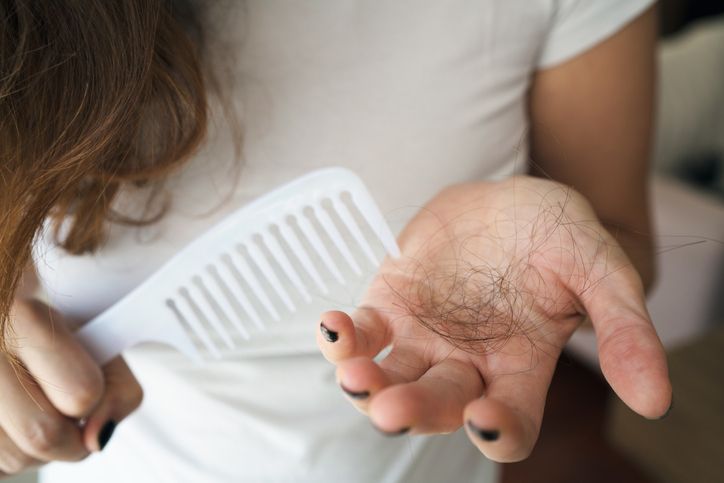
In most cases, hair thinning begins at the temple region of the head and progresses to the back of the scalp, where the disorder forms a ring around the back of the scalp. The V-shaped hair growth on the front of the head is known as a "Widow's Peak."
Hairline Disparity
Observing how the recession happens is one of the simplest methods to recognise a receding hairline. If you watch that your front hairline has evenly receded, this might be linked to the maturation of your facial shape. However, notice that your hairline is receding unevenly, and you have lost most of the hair on your forehead. It may be an early indication of the receding hairline.
Hair thinning in the temple area
If you see substantial hair loss around the temple area, your hairline may be receding. Take note of the texture, thickness, and general condition of your hair regularly.
More hair loss than usual
If you shed more than the average 100-150 strands each day, be aware that this indicates hair thinning and hairline recession.
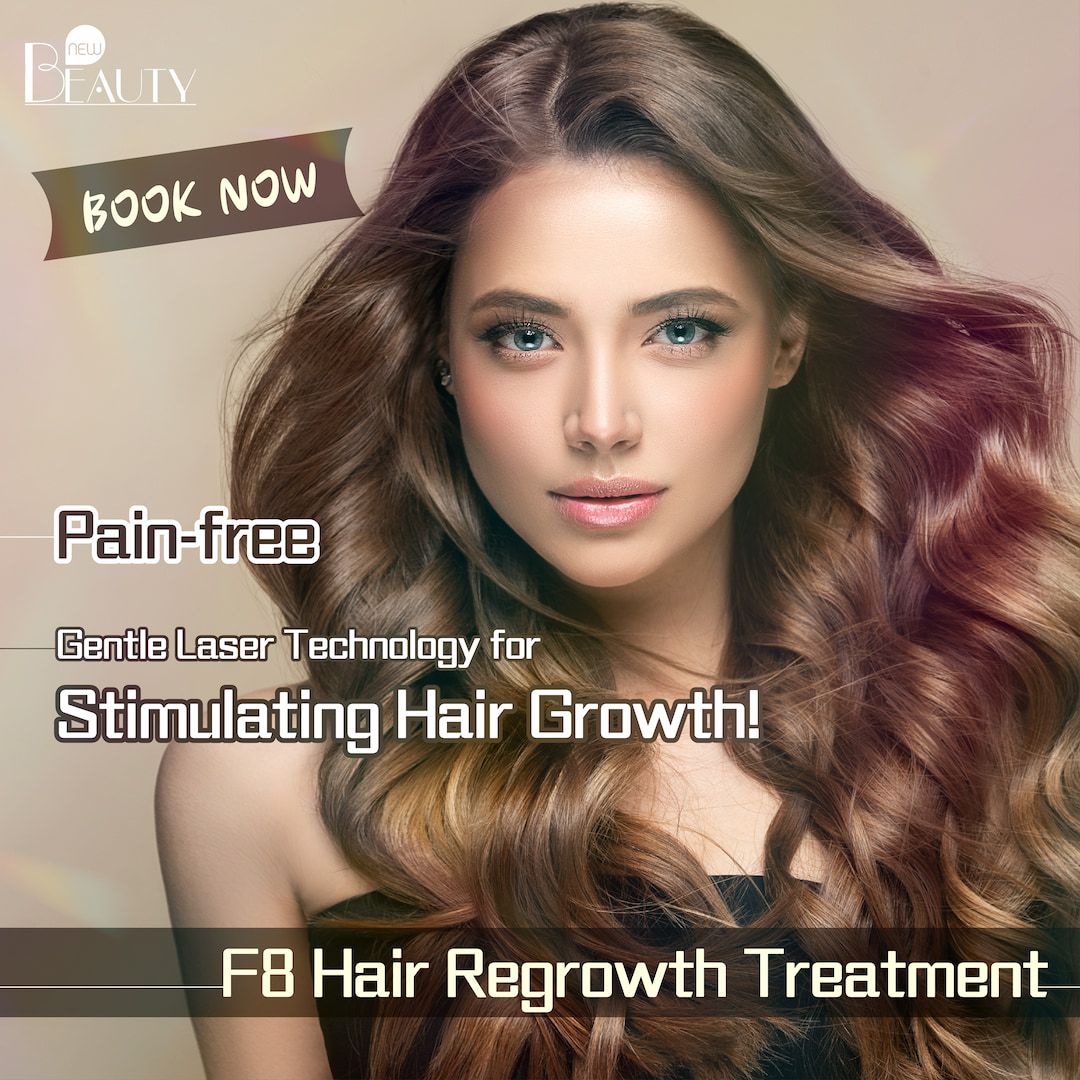

4
What Medications and Treatments Are Available for Receding Hairline?
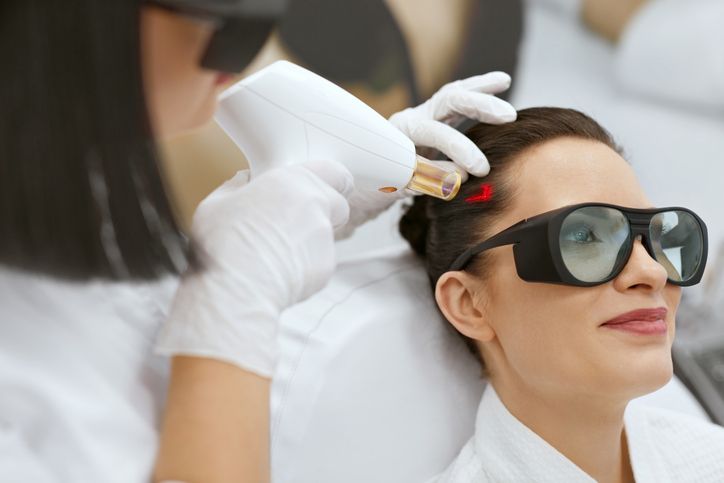
You won't require treatment if your receding hairline is merely a function of ageing and not an infection or other medical concern. Medication may be necessary if a medical problem causes hair loss.
Medications
An immunological problem may necessitate using medicine such as prednisone to inhibit an excessive immune response.
Medication such as minoxidil (Rogaine) may be beneficial if you wish to try to reduce or reverse hair loss.
This OTC drug is a liquid that is applied to the scalp. One of the possible adverse effects is scalp inflammation. Minoxidil is more successful in restoring hair growth in smaller parts of the scalp than in larger areas.
Finasteride (Propecia) is another medication that may aid in hair growth. Finasteride side effects include decreased sex drive and an increased risk of prostate cancer.
Hair transplant surgery
Hair restoration surgery is one surgical option for a receding hairline and treat hair loss. It entails transplanting tiny portions of the scalp and hair follicles from the back of the head to regions where hair has stopped growing. These skin plugs may continue to develop hair generally in their new If you are happy with your look, no treatment is required. Hair weaving, hairpieces, or a change in hairdo can help conceal hair loss. This type of treatment is generally the least costly and most secure method of treating male baldness.
Male pattern baldness medications include:
· Minoxidil (Rogaine) is a scalp-applied medication that stimulates hair follicles. It decreases hair loss and helps some men grow new hair. · When you stop using this medication, your hair loss will resume. · Finasteride (Propecia, Proscar) is a tablet that inhibits the development of a highly active type of testosterone associated with baldness. It reduces hair loss. It is somewhat more effective than minoxidil. When you stop using this medication, your hair loss will resume. · Dutasteride is almost comparable to finasteride, but it is far more helpful.
Other therapies under consideration include:
· Platelet-Rich Plasma (PRP) is injected into the scalp to encourage hair growth. This treatment entails extracting your blood, collecting a part high in platelets, and injecting the regions of hair loss throughout many sessions. · Hair transplants include the removal of small plugs of hair from locations where hair is still growing and putting them in balding areas. The technique typically takes numerous sessions and might be costly. · Laser or light caps or helmets are used to stimulate hair follicles.
It is not advisable to sew hair parts to the scalp. Scars, infections, and abscesses of the scalp might ensue. Because of the risks, the FDA has prohibited the use of hair implants composed of synthetic fibres.
Although there are many hair regrowth treatments and medications available for receding hairline, they may come with complications such as long-term allergies, skin inflammation, severe hair loss and more.
Luckily, the F8 Hair Regrowth Treatment that encompasses low-laser energy that penetrates deep into the scalp tissue to promote blood flow and restore your natural hair cycle for thick and luscious hair strands!

Book Now to Experience
F8 Hair Regrowth Treatment
9 Minute Self-Registration
Date should not be before minimal date

5
Obtain Strong Hair Strands with The F8 Hair Regrowth Treatment!

The F8 Hair Regrowth Treatment at New Beauty Australia utilises a low-level energy laser that emits low-intensity laser waves to naturally encourages blood flow within the scalp capillaries. The laser energy also repairs blood capillaries within the scalp and stimulates hair regrowth of inactive hair follicles.
Unlike hair regrowth shampoos that can cause hair loss and resume the occurrence of receding hairline after stopping using them, the F8 Hair Regrowth Treatment naturally strengthens hair papilla, hair follicles and blood capillaries to ensure a sufficient amount of nutrients are provided to the vital growth of hair strands even after the end of the treatment course.
The F8 Hair Regrowth Treatment also uses a hair growth serum after completing the laser treatment as the essence hydrates the skin tissues found within the scalp and maintains the water-sebum production on the scalp that help promote hair regrowth. This act effectively reduces sebum secretion that may cause hair loss to reoccur.


6
Summary
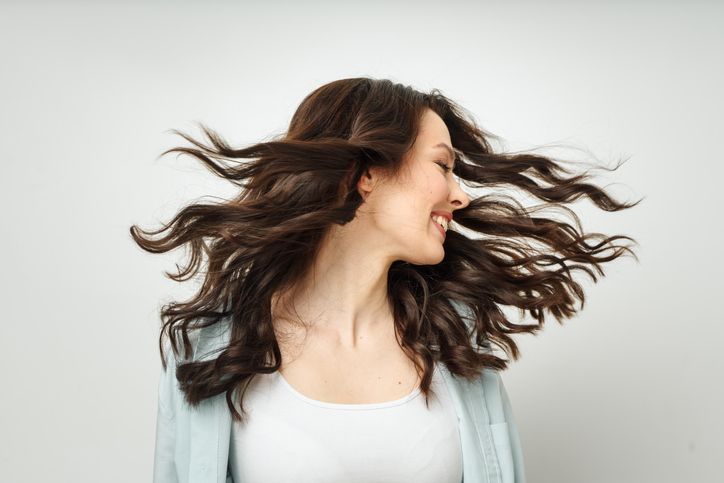
Men and women may both have receding hairlines. Male pattern hair loss is a frequent problem among men (androgenetic alopecia or AGA). A receding hairline in women may be caused by frontal fibrosing alopecia or scalp scarring. Hair loss can be caused by some causes, including genetics, drugs, biochemicals, and tension. Medication that includes Rogaine, platelet-rich plasma (PRP) treatment, or surgical hair repair may be used to treat a receding hairline.
While a receding hairline might be disheartening to see, it presents no danger to one's health. Most individuals can regulate their hairline, and treatments are available to make the hair seem fuller or regenerate. If you consider any form of hair loss treatment, you should arrange a thorough discussion with your therapist before undergoing any treatment methods.
The F8 Hair Regrowth Treatment at New Beauty Australia is a non-invasive hair regrowth treatment that uses a low-level energy laser that encourages blood supply in the capillaries and supplies enough nutrients for hair regrowth and fights against receding hairline. If you're looking for a revitalizing hair growth treatment, our team at New Beauty Australia can help!
We offer the latest non-invasive technology with the F8 Hair Regrowth Treatment, which strengthens hair papilla and follicles for stronger and rejuvenated hair growth. Our hydrating serum also balances water-oil production on the scalp to reduce oil secretion that promotes healthy hair growth.
So if you're looking to restore your confidence with thicker, fuller hair, call us now!
FAQ
What is a receding hairline?
Receding hairline is a hair loss phenomenon that is one of the symptoms of male pattern baldness and female pattern baldness. It occurs in both men and women due to various reasons such as heredity, lifestyle choices, hormonal, food intake, stress and other factors.
What are the major symptoms of receding hairline?
There are 3 major symptoms that include lessening of hair on the forehead, hair loss on a severe scale and unequal hair growth on a different area of the scalp.
Which people, other than the ones experiencing receding hairline can opt for the F8 Hair Regrowth Treatment?
The F8 Hair Regrowth Treatment is a suitable treatment for individuals suffering from: · male pattern baldness · female pattern hair loss · hereditary hair loss · androgenic alopecia · alopecia areata · thinning hair and other hair disorders
I am experiencing severe hair loss and receding hairline. How many sessions will I need?
The F8 Hair Regrowth Treatment is recommended for 9 to 12 sessions for individuals with severe hair loss issues and people with moderate hair loss issues can go for 3 to 6 sessions as a complete course of treatment.
Is the F8 Hair Regrowth Treatment painful?
The F8 Hair Regrowth Treatment is a non-invasive hair regrowth treatment that is not irritable to the scalp and significantly increases blood supply in the capillaries to give you fuller, thicker and stronger hair strands.

Book Now to Experience
F8 Hair Regrowth Treatment
9 Minute Self-Registration
Date should not be before minimal date
Recommended Articles
COPYRIGHT© NEW BEAUTY MANAGEMENT LIMITED 2025. ALL RIGHT RESERVED.

